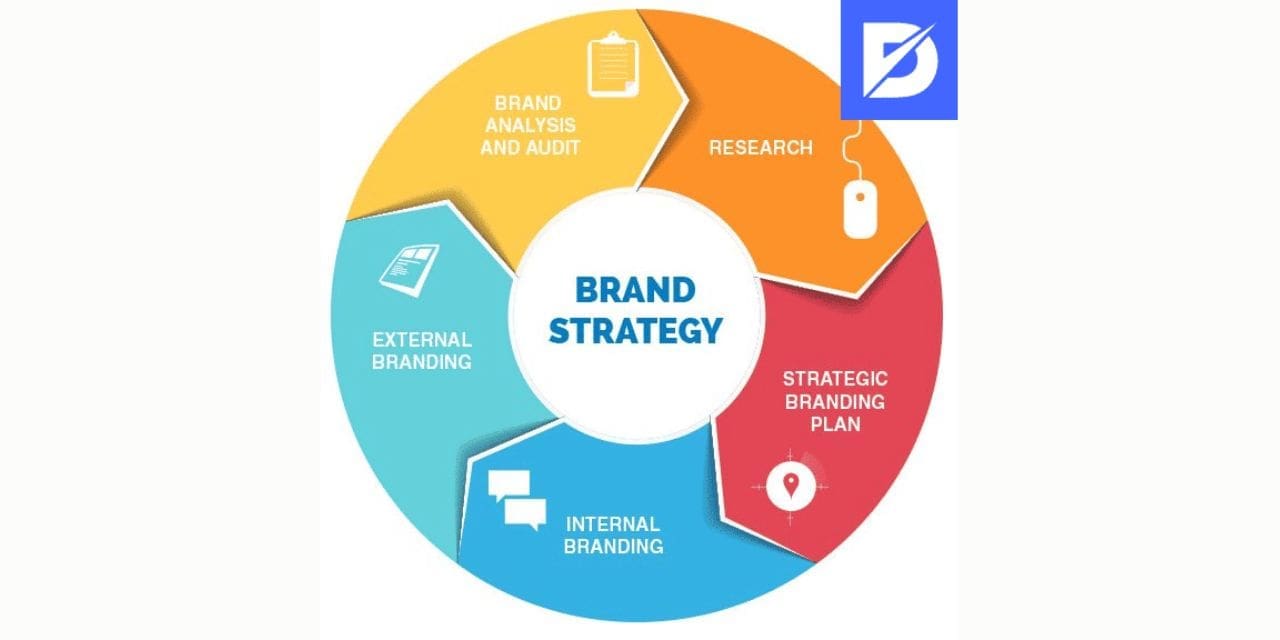What is brand strategy?
A brand strategy is the holistic approach behind how a brand builds identification and favorability with customers and potential customers. A brand strategy encompasses several different brand elements, like voice, storytelling, brand identity, brand values, and overall vibe. If your brand is how, you present your business to the world, your branding strategy is the scaffolding that holds it up.
A brand strategy is a playbook for founders, their teams, and anyone acting on behalf of the business. It answers questions about how a brand behaves in certain situations. It defines what a brand is and what it’s not.
Why is developing a branding strategy important?
Brands without effective brand strategies can become diluted, weak, or forgettable. Without a knockout product experience (and even with one), it’s easy for customers to move on rather than commit to a repeat purchase.
A strong brand is critical for any business looking to build long-term connections with customers and brand recognition in the market. A well-executed brand strategy is important because it:
- Improves loyalty
- Drives brand awareness and builds brand recognition
- Builds repeat business
- Attracts target customers
- Keeps a team reaching for the same North Star
- Inspires word-of-mouth marketing and referrals
- Ensures brand consistency
- Provides guidelines for hiring and training
- It is a useful resource to keep contractors or agencies aligned
- Can scale with your business
- Builds brand equity.
The elements of a strong brand strategy
Ahead, you’ll learn how to build a brand strategy. But there are a few elements to keep in mind as you create your guidelines. Defining your audience and your purpose will create a foundation for your brand strategy.
Brand purpose
Brand purpose answers the question, “Why does my brand exist?” Through the exercise of defining your customer, your mission statement, and your values, your brand purpose will become clear. It will be a motivating stand you take as a founder that helps you push through the challenges.
Market analysis and target audience
These two elements define who your brand is for and what competitors are vying for the same audience’s attention. Market research will help you understand the gaps in the market, the distinct brand voice and channels you need to home in on, and your unique selling point in the market.
Brand consistency
A strong brand strategy will guide anyone representing your brand to use the right language and visual elements to ensure consistency across channels and touchpoints. At every stage of building your brand strategy, ask if you’re being consistent in your messaging and tone and true to your values.
Flexibility
Can your brand evolve as trends change, current events affect the market, technology evolves, or your target audience ages? Build in room for your brand to grow. Your brand strategy should define where decisions are rigid and where they are open to evolution.
5 steps to building an effective brand strategy
- Write a compelling brand story
- Find your brand voice
- Create your brand identity design
- Stick to your brand values
- Define your brand vibe
Conclusion
Successful brand strategies inspire a sense of connection through honest values, a brand voice that captures the essence of the brand, and design that reflects a business’s true personality.
Strong brand connections build relationships, which can inspire repeat business. And your biggest fans will become your biggest advocates. A great brand identity sets you up for success in the long term.

